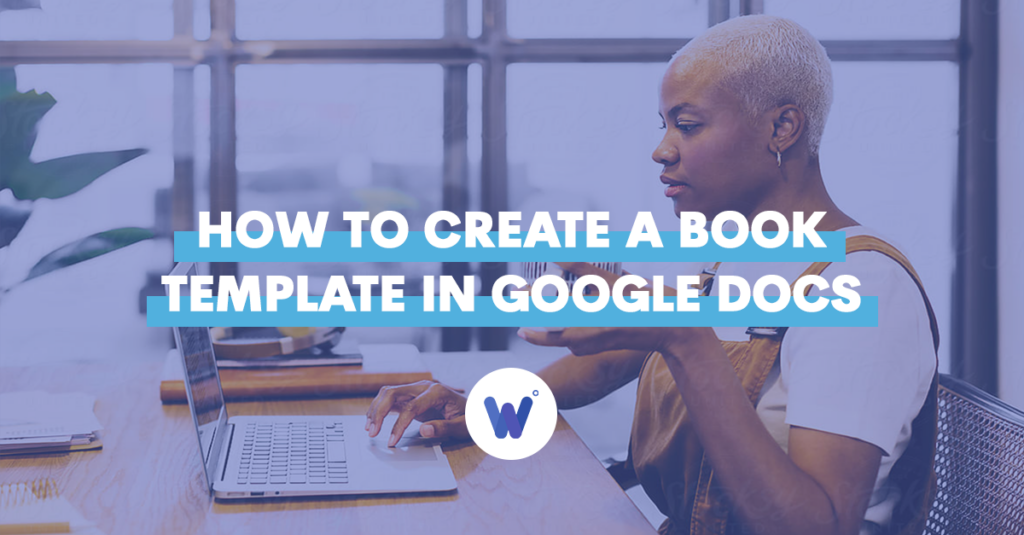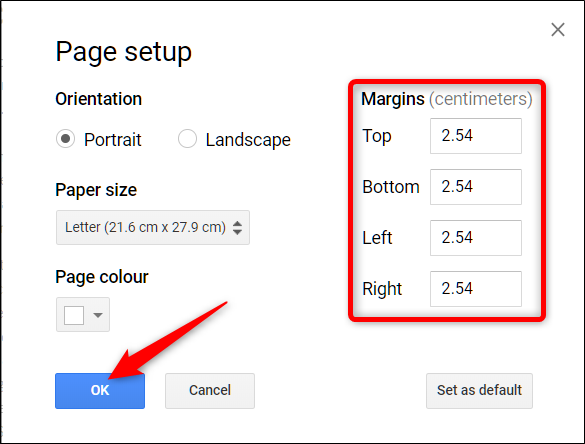
Are you writing a book and wondering which platform could make crafting an outline much easier? You may believe that the features you need only come with expensive software. And you aren’t alone.
Other writers feel the same. They don’t know that there’s a free platform with a book template outline available. That’s right. You can use a Google Doc to create a custom template for your book.
Besides being a useful writing platform, Google Docs has a template to structure a book more easily. On top of that, it enables users to create a brochure or a booklet.
In this guide, we’ll walk you through the steps of using the book template Google Docs function. If you follow everything, writing will be much easier.
Effortlessly export your Google Docs to WordPress with just 1-click.
Get Started TodayA book template is a file with a layout suitable for writing books. The design can be simple or complex, depending on the writer’s needs.
A book template is useful because it enables writers to structure the work efficiently. Moreover, it allows to quickly check particular sections, without scrolling endlessly to find them.
Some software can contain a book template with a few sections, which might sound limiting to writers. But there are platforms like Google Docs that provide a custom book template.
A book template is an efficient solution to structure and organize the writing. It makes the writing look more professional and is better for publishing. You can quickly adapt the same book template structure that your favorite novelist shared in their MasterClass course to help get started ASAP.
Or you can increase your work efficiency with Wordable that will allow you to export from Google Docs to WordPress in 1-click.
Besides, a book template helps writers manage their time and organize themselves better. Because it has a structure, it informs you when it’s time for a new section.
If you’re considering using Google Docs to create a book template, it’s essential to learn several functions. Firstly, you need to access Google Docs:
Log in to your Google account and open Google Docs. You’ll see two options: “Personal” and “Business.” Choose the first option to open the Template Gallery. Remember that you can choose a booklet template or a brochure template besides creating your customized book template.

To make a book template, click on “Blank.” Firstly, you’ll need to manage the page setup. Locate “File” in the main menu and select “Page setup.” Make sure all margins are set to one inch. Then, confirm that the “Page orientation” is set to “Portrait” and that “Paper size” is “Letter.”

The next step is choosing the font and the font size. Generally speaking, most writers prefer Times New Roman or Calibri. The font size should be 11 or 12 so that the editor can see everything clearly.
The middle of the first page should contain the manuscript title in a larger font than the rest of the content. Include your name two lines below. To start writing, include the Page Break first by clicking on “Insert” and then “Break.”
It’s time to insert Headers and Footers. The Header should contain the writer’s name and the book title, while the Footer should display the page number. To add Headers and Footers, go to “Insert” and tap on “Header and page number.”

When you start writing, adjust the Heading. The title should be H1, while each chapter needs to be H2. If there are subchapters, they should start from H3. This is the basics of your book template.
Yes. In fact, many writers choose this platform because it’s free but has all the options writers need to craft a book.
Yes, there’s a Google Docs Resume template you can find in the Template Gallery.
Yes, Google Docs is a free platform. That’s one of the reasons many writers use it to create a template for various needs.
As long as you have an internet connection, it’s possible to access the manuscript on Google Docs. The great news is that it also automatically saves everything, so you won’t have issues losing the manuscript.
As you can see, writing a book using Google Docs is relatively simple. Not only can you create a template to suit your needs, but you can also access it anywhere with a good broadband connection. With the steps we’ve provided, we’re sure you won’t have any problems making a free template.